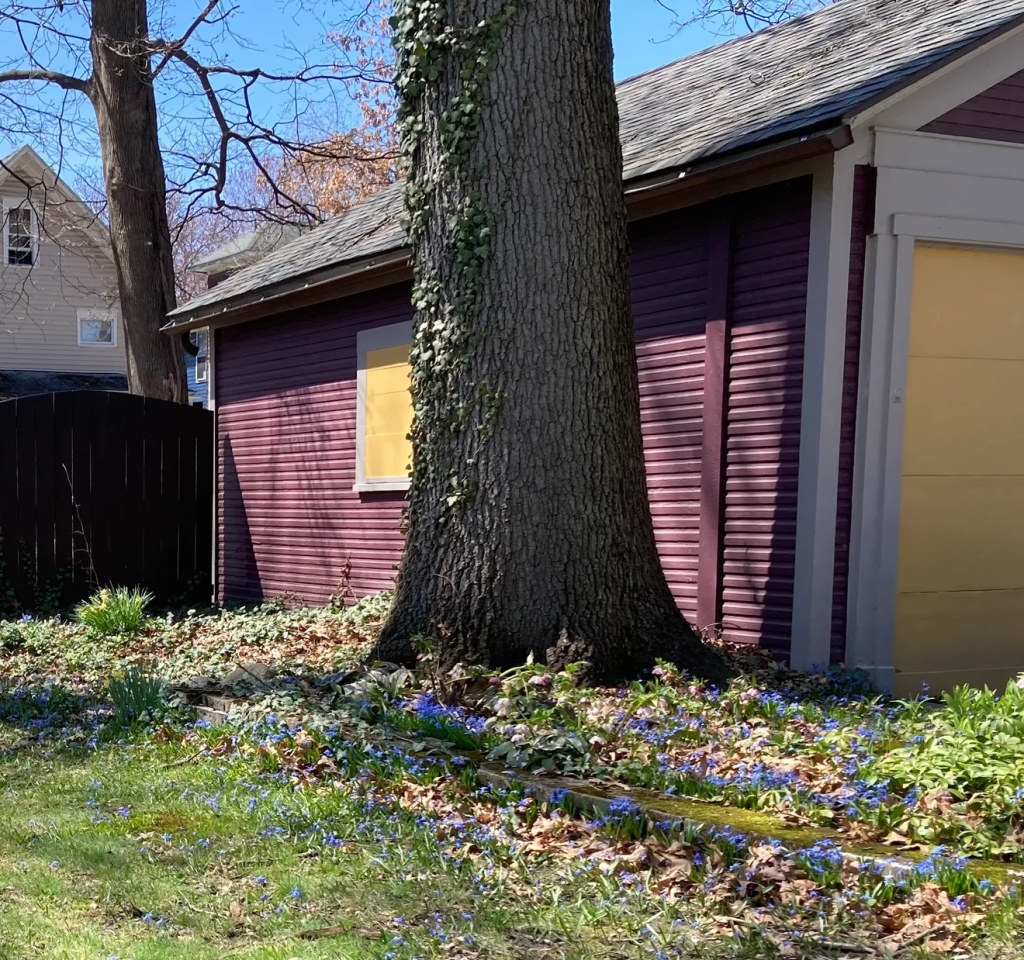Today’s elders telling children how winters were far worse back in their day is perhaps truer than ever before. This winter, however, was an exception that proved that fact.

Living in the north, I prefer a white winter. I find sensorial pleasure in the muffled silence, nighttime brightness and diamond-like sparkles of landscapes buried in several inches of snow.
As for shoveling — the cause of many backaches and heart attacks — honestly enjoy the vigorous activity in a season when the weather too often coops everyone up inside their homes.
This year, the snowfall was not only substantial, it didn’t melt much between storms. Driveways soon resembled canyons. The first major winter storm, over Martin Luther King Jr. weekend, deposited 14 inches in my neighborhood. Shoveling it felt great, until it didn’t.
Even with a couple of helpers, I shoveled the deep snow for the better part of two hours that holiday weekend. By evening, both my thumbs, which were diagnosed with arthritis a few years ago, throbbed.
For the most part, arthritis only limits my chances of getting picked for a jar-opening team, which is to say I’m rarely inconvenienced by the calcifications located where my opposable digits connect to my hand.
I wore hand braces, took ibuprofen and rubbed liniments into my thumbs for weeks after that first major storm. And yet a pulsing pain woke me most nights.
I eventually relented to steroid injections. Also, as a preventative measure, I became the proud owner of a snowblower, which of course means we won’t get much snow next year. (Feel free to thank me.)
Extremes elevate appreciation. Color is a welcome delight after the browns, grays and whites of a long, hardy winter.
Last week, my backyard was suddenly awash with the saturated blue of Siberian squill. My 12-year-old son cried out, “Look at the flowers!” when first spying them after a week with his father. The early flowers fill my lawn but will be long gone before the mower makes its annual debut.
Get inspired by the top 2022 design and decor trends, go on a tiny-home tour, and explore Bridgid Coulter’s mindful approach to sustainable design.
Meanwhile, across the city, some unsavory things also have sprouted up.
In March, receding snow released troves of trash onto the streets, sidewalks and devil strips. Where spring flowers generate smiles, loads of litter seemingly confetti-bombed throughout Akron are a dreary counterpoint.
Keep Akron Beautiful is doing its best to address the litter but, like so many things, the pandemic has interfered. In the years leading up to COVID, the nonprofit assigned hundreds of workers with court-ordered community service hours to pick up litter. In 2021, it had only 39 community service workers, down from 577 in 2019.
On April 23, Keep Akron Beautiful is holding a cleanup event at Summit Lake (meet at the Summit Lake Community Center, 380 W. Crosier St.) from 9 a.m. until noon. But the helpers won’t be visiting my neighborhood, which is why I now carry a grocery bag on my evening strolls. I’d not get many steps if I grabbed all the litter I see, but a little each time adds up.
Something else also sprung up in every Akron ward this spring: speed tables. Unlike speed bumps, speed tables are flatter and tapered. Apparently a 2020 pilot program found speed tables reduced speeds by 23%.
Over the past few years, the city has implemented several traffic-calming measures. In many cases, lanes on busier roads have been reduced from four (two in each direction) to three — a lane in each direction with a turn lane in the middle.
While some residents complain about the reduced lanes, it’s hard to argue with calmer, safer traffic flows.
That said, I’m not a fan of the speed tables. Who sees speed tables and says, “Gee, what a lovely neighborhood”? Nobody.
But more importantly, speed tables are not as effective as some would have us believe.
Drivers zoom up to the elevated sections, slow down to go over them only to accelerate again on the other side, something I learned 20 years ago when I sat on a traffic-calming committee in Cleveland.
I’ve been watching people drive on Akron’s streets with speed tables. Not only do I see the zoom-slow-zoom behavior, plenty of cars fly over the flattish impediments at 10, 15, or even 20 miles over the speed limit.
Narrowing streets is one of the best ways to calm traffic on streets suffering speedsters. (Hence the reduced lanes on Copley Road, Exchange Street and Memorial Parkway.)
For residential streets, allowing parking on both sides is a free and easy option. This naturally narrows any throughway, causing most drivers to proceed with caution.
Another attractive way to narrow residential streets is to create pinch points by bumping out the devil strip at the same place on both sides of a street. And unlike speed tables, pinch points don’t have to be removed in the winter for snowplows.
Let’s tidy up Akron and rethink those speed tables so the blossoms alone are what catches eyes. For isn’t spring, especially after a cold, snowy winter, just grand?
This was first published in the Akron Beacon Journal on Sunday, April 17, 2022.
